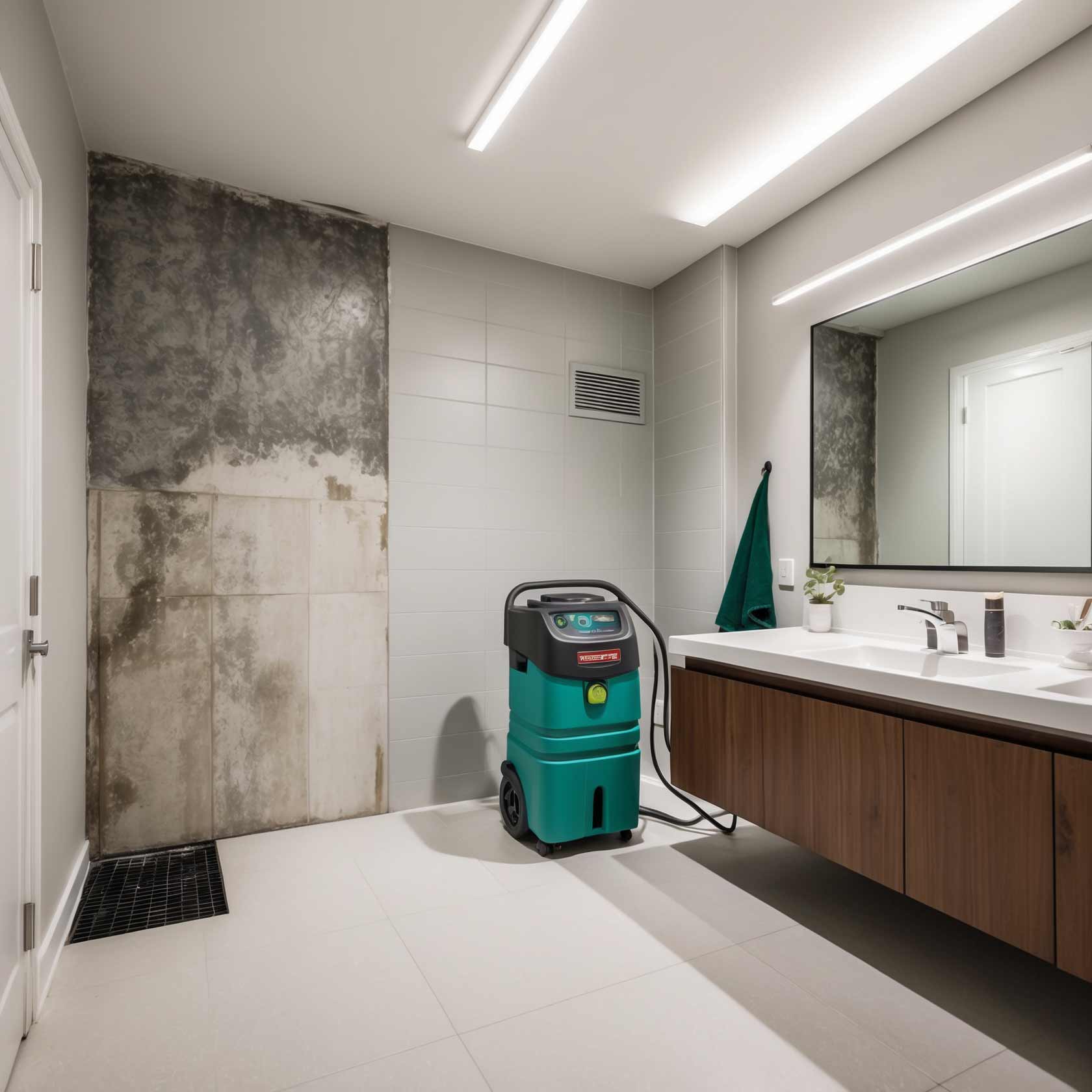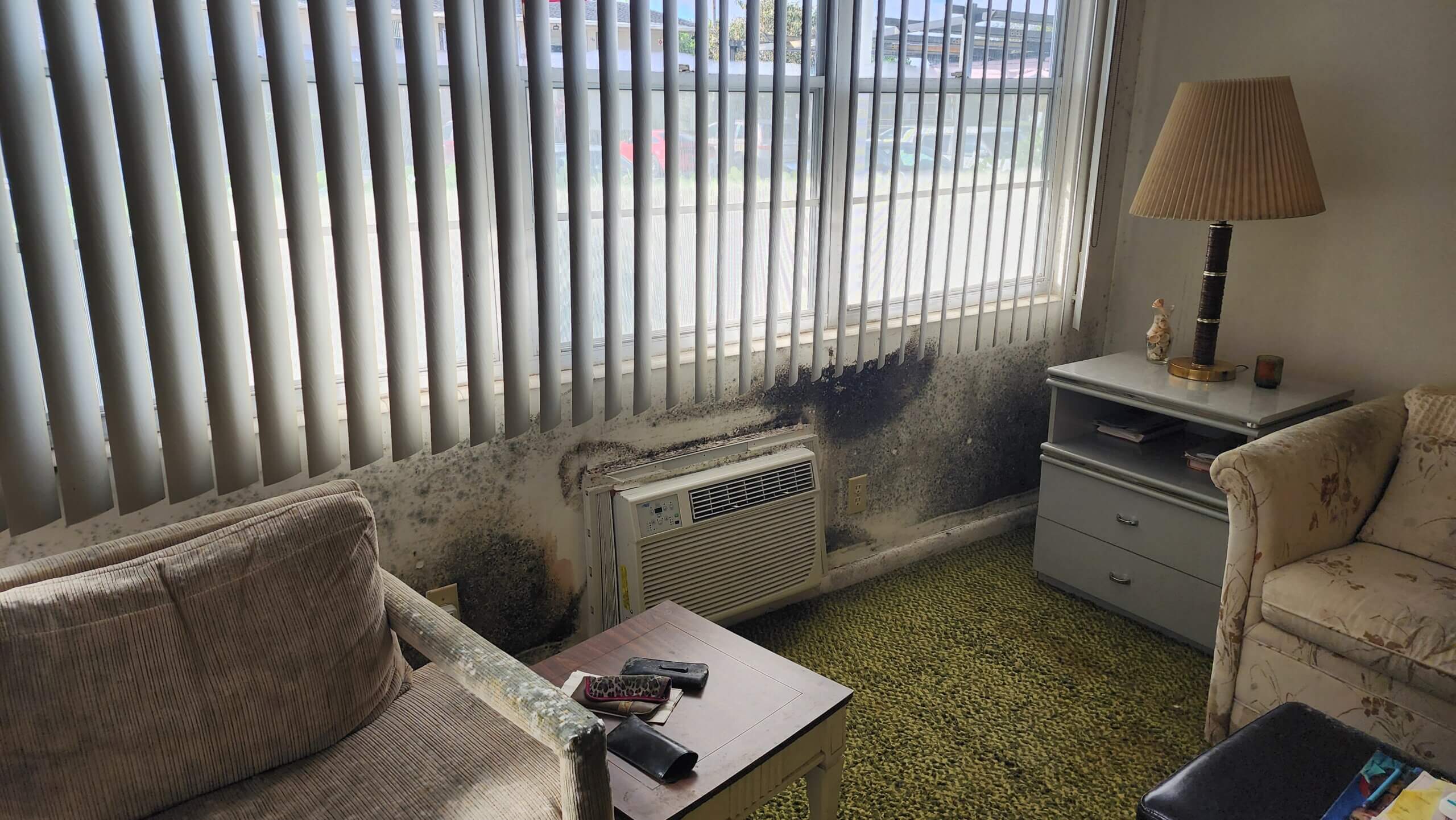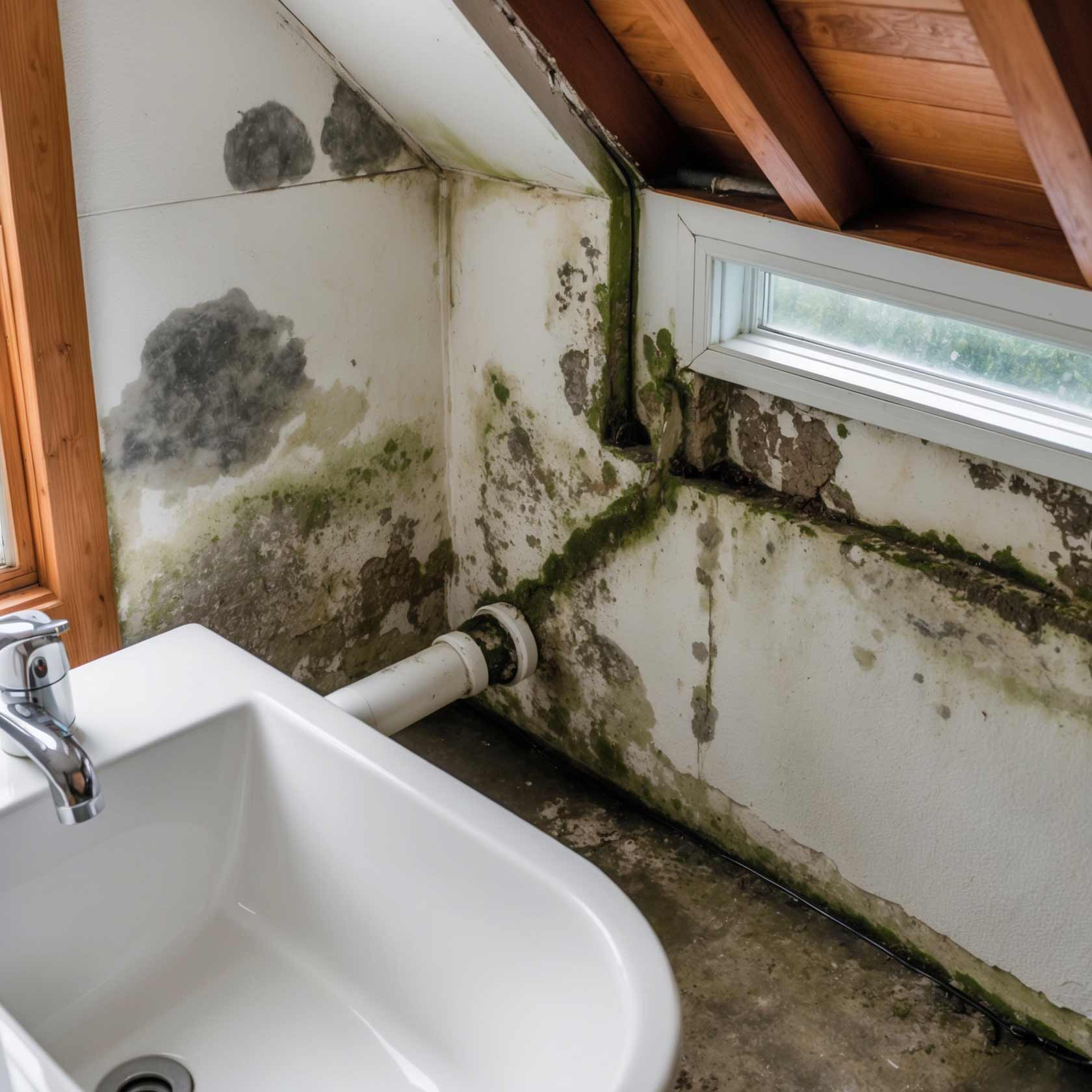How Much Does Mold Inspection Cost?
Mold can be a silent intruder in homes and buildings, causing not just unsightly patches but also significant health risks. If you're a homeowner or a tenant concerned about potential mold growth, understanding the cost of mold inspection is crucial. In this comprehensive guide, we’ll delve into every aspect of mold inspection costs, including factors that influence pricing, what to expect during an inspection, and how to choose the right service provider.
Understanding Mold Inspection
What Is Mold Inspection?
Mold inspection refers to the process of assessing a property for mold presence. This involves visual examinations, moisture level assessments, and sometimes air sampling to determine if mold spores are present in the environment.
Why Is Mold Inspection Necessary?
Mold inspection is essential for several reasons:
Common Types of Mold Found in Homes
- Aspergillus: Often found indoors, it can trigger allergies.
- Cladosporium: Commonly grows on wood and textiles.
- Stachybotrys (Black Mold): Known for its toxicity, it thrives in damp conditions.
How Much Does Mold Inspection Cost?
When considering a mold inspection, homeowners often wonder about the associated costs. The price of mold inspections can vary widely based on several key factors.
Factors Influencing Mold Inspection Costs
Estimated Costs for Residential Mold Inspections
On average, homeowners can expect to pay between $300 and $600 for a standard residential mold inspection. Here's a breakdown:
| Type of Inspection | Average Cost | |--------------------------|---------------| | Visual Only | $200 - $300 | | Comprehensive (with sampling) | $400 - $800 | | Additional Testing | $100 - $300 |
Types of Mold Inspections Available
Visual Inspections
A visual inspection primarily focuses on identifying visible signs of mold growth without specialized tools or testing methods.
Pros:
- Cost-effective
- Quick turnaround
Cons:
- May miss hidden mold
- No quantitative data
Comprehensive Inspections with Air Sampling
This type involves collecting air samples to analyze spore counts in the environment.
Pros:
- Provides detailed analysis
- Identifies hidden issues
Cons:
- More expensive
- Requires laboratory analysis time
What to Expect During a Mold Inspection?
Understanding the process can help you prepare for what lies ahead.
Initial Assessment
The inspector will begin by walking through your property to identify visible signs of mold or moisture problems.
Moisture Testing
Using specialized equipment like moisture meters or Tip Top Plumbing & Restoration infrared cameras, inspectors will check for water intrusion areas that could promote mold growth.
Air Sampling (If Applicable)
If necessary, air samples may be collected from various locations within your home to measure spore levels against baseline figures established by environmental standards.
Choosing the Right Mold Inspector
Certifications and Qualifications
When selecting an inspector, look for certifications such as:
Experience Matters
An experienced inspector should have at least five years in the field and positive reviews from previous clients.
Questions to Ask Potential Inspectors
Before hiring an inspector, consider asking:
DIY vs Professional Mold Inspections: Pros and Cons
Many homeowners ponder whether they should attempt DIY inspections or hire professionals.
1. DIY Inspections
- Pros: Lower cost; flexibility.
- Cons: Lack of expertise; possible oversight of significant issues.
2. Professional Inspections
- Pros: Thorough assessment; access to advanced tools.
- Cons: Higher costs; reliance on external services.
Cost Comparisons Across Regions
The average cost of mold inspections varies significantly across different regions due to labor costs and demand rates.

Regional Price Differences
For example:
| Region | Average Cost | |----------------------|-------------------| | Northeast | $500 - $700 | | Midwest | $300 - $500 | | West Coast | $600 - $900 | | Southern States | $250 - $400 |

FAQ Section
1. How often should I get a mold inspection?
It’s advisable to conduct a mold inspection annually or after any major water intrusion events such as flooding or leaks.
2. Can I perform my own mold inspection?
Yes, but without professional tools and training, you may miss crucial details that could pose health risks or structural threats.

3. Is there any warranty provided with inspections?
Some companies might offer warranties on their findings or recommendations; always ask before hiring an inspector!
4. What happens if mold is found during an inspection?
The inspector will provide you with options for remediation based on severity—ranging from DIY solutions for small patches to professional removal services for extensive infestations.
5. Does homeowners insurance cover mold inspections?
Coverage varies by policy; consult your insurance provider to clarify what is included regarding mold-related claims.
6. Are there any risks associated with ignoring a mold issue?
Ignoring potential issues can lead not only to worsening health conditions but also costly repairs down the line if structural damage occurs due to prolonged exposure.
Conclusion
Understanding "How Much Does Mold Inspection Cost?" is vital for anyone concerned about maintaining a healthy living environment free from hazardous molds. By knowing what influences these costs—such as location, property size, and type of inspection—you'll be better equipped to make informed decisions regarding your home’s safety and integrity.
Investing in a professional assessment might seem daunting financially initially but remember: addressing potential problems early on saves money in the long run while ensuring peace of mind when it comes to health risks associated with indoor molds! Always conduct thorough research before choosing your service provider—and feel free to reach out with any questions regarding inspections!
By carefully assessing your needs and understanding the costs involved in hiring professionals versus conducting DIY evaluations yourself, you'll ensure that your home remains safe from harmful molds now and into the future!